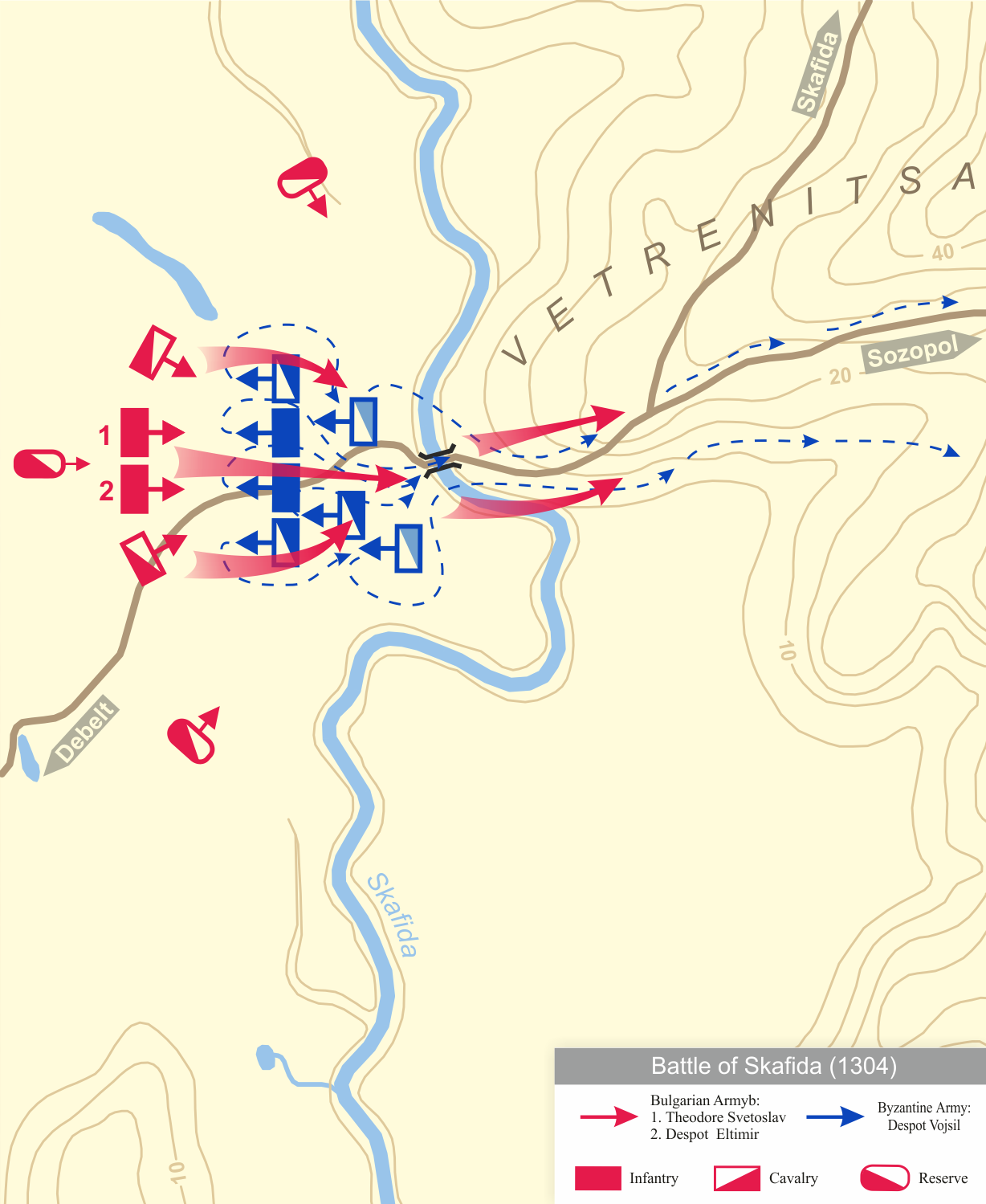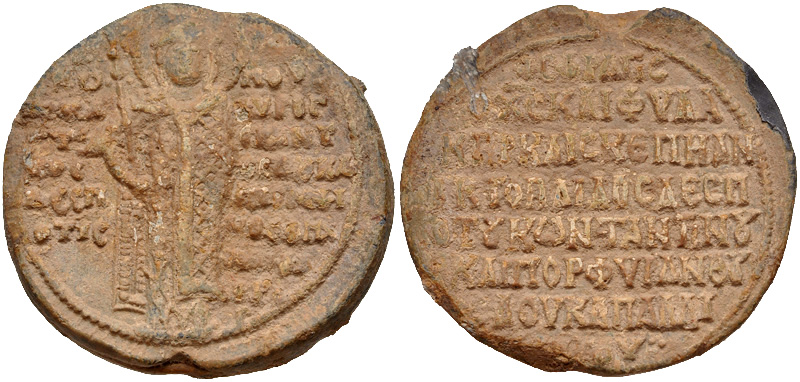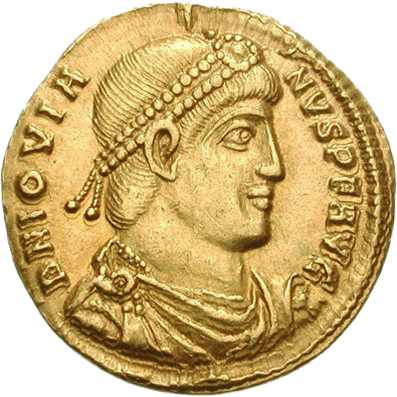|
Michael IX Palaeologus
, image = 154 - Michael IX Palaiologos (Mutinensis - color).png , caption = 15th-century portrait of Michael IX (from a 15th-century codex containing a copy of the ''Extracts of History'' by Joannes Zonaras) , succession = Byzantine emperor , reign = 21 May 1294 –12 October 1320 , coronation = 21 May 1294, Hagia Sophia , regent = Andronikos II Palaiologos , reg-type = Co-emperor , predecessor = Andronikos II (alone) , successor = Andronikos II (alone), Andronikos III ( in Macedonia) , spouse = , issue = , dynasty = Palaiologos , father = Andronikos II Palaiologos , mother = Anna of Hungary , birth_date = 17 April 1277 , birth_place = Constantinople(now Istanbul, Turkey) , death_date = , death_place = Thessaloniki, Greece , place of burial = , , title=Emperor and Autocrat of the Romans Michael IX Palaiologos or Palaeologus ( el, Μιχαήλ Δού ... [...More Info...] [...Related Items...] OR: [Wikipedia] [Google] [Baidu] |
List Of Byzantine Emperors
This is a list of the Byzantine emperors from the foundation of Constantinople in 330 AD, which marks the conventional start of the Eastern Roman Empire, to its fall to the Ottoman Empire in 1453 AD. Only the emperors who were recognized as legitimate rulers and exercised sovereign authority are included, to the exclusion of junior co-emperors (''symbasileis'') who never attained the status of sole or senior ruler, as well as of the various usurpers or rebels who claimed the imperial title. The following list starts with Constantine the Great, the first Christian emperor, who rebuilt the city of Byzantium as an imperial capital, Constantinople, and who was regarded by the later emperors as the model ruler. It was under Constantine that the major characteristics of what is considered the Byzantine state emerged: a Roman polity centered at Constantinople and culturally dominated by the Greek East, with Christianity as the state religion. The Byzantine Empire was the direct lega ... [...More Info...] [...Related Items...] OR: [Wikipedia] [Google] [Baidu] |
George Pachymeres
George Pachymeres ( el, Γεώργιος Παχυμέρης, Geórgios Pachyméris; 1242 – 1310) was a Byzantine Greek historian, philosopher, music theorist and miscellaneous writer. Biography Pachymeres was born at Nicaea, in Bithynia, where his father had taken refuge after the capture of Constantinople by the Latins in 1204. Upon the recovery of Constantinople from the Latin Empire by Michael VIII Palaeologus, Pachymeres settled there, studied law, entered the church, and subsequently became chief advocate of the church and chief justice of the imperial court. His literary activity was considerable, his most important work being a Byzantine history in thirteen books, in continuation of that of George Acropolites from 1261 to 1308, containing the history of the reigns of Michael and Andronicus II Palaeologus. Pachymeres was also the author of rhetorical exercises on philosophical themes; of a ''Quadrivium'' (arithmetic, music, geometry, astronomy), valuable for the history ... [...More Info...] [...Related Items...] OR: [Wikipedia] [Google] [Baidu] |
Ottoman Empire
The Ottoman Empire, * ; is an archaic version. The definite article forms and were synonymous * and el, Оθωμανική Αυτοκρατορία, Othōmanikē Avtokratoria, label=none * info page on book at Martin Luther University) // CITED: p. 36 (PDF p. 38/338) also known as the Turkish Empire, was an empire that controlled much of Southeast Europe, Western Asia, and Northern Africa between the 14th and early 20th centuries. It was founded at the end of the 13th century in northwestern Anatolia in the town of Söğüt (modern-day Bilecik Province) by the Turkoman tribal leader Osman I. After 1354, the Ottomans crossed into Europe and, with the conquest of the Balkans, the Ottoman beylik was transformed into a transcontinental empire. The Ottomans ended the Byzantine Empire with the conquest of Constantinople in 1453 by Mehmed the Conqueror. Under the reign of Suleiman the Magnificent, the Ottoman Empire marked the peak of its power and prosperity, as well a ... [...More Info...] [...Related Items...] OR: [Wikipedia] [Google] [Baidu] |
John XII Of Constantinople
John XII (? – after 1308) was the Ecumenical Patriarch of Constantinople from 1294 to 1303. John XII was born in Sozopolis on the western Black Sea coast (now Sozopol, Bulgaria Bulgaria (; bg, България, Bǎlgariya), officially the Republic of Bulgaria,, ) is a country in Southeast Europe. It is situated on the eastern flank of the Balkans, and is bordered by Romania to the north, Serbia and North Macedon ...). Prior to becoming patriarch, he was known as ''Kosmas''. He crowned Michael IX as co-emperor on 21 May 1294. He led a coalition of bishops against Andronicus II's attempt to use the power of the Church to suppress uprisings. References 13th-century patriarchs of Constantinople People from Sozopol 14th-century patriarchs of Constantinople {{EasternOrthodoxy-bishop-stub ... [...More Info...] [...Related Items...] OR: [Wikipedia] [Google] [Baidu] |
Constantine Palaiologos (son Of Andronikos II)
Constantine Doukas Komnenos Palaiologos ( gr, Κωνσταντῖνος Δούκας Κομνηνός Παλαιολόγος; 1278/81–1334/35) was a Byzantine prince of the Palaiologos dynasty, who received the supreme title of Despot and served as provincial governor. Constantine was the second son of Emperor Andronikos II Palaiologos (r. 1282–1328) and his first wife, Empress Anna of Hungary. He was born sometime between 1278 and 1281. As his father was already a reigning co-emperor alongside Michael VIII Palaiologos, he was styled a ''porphyrogennetos'' ("purple-born"), as attested on his seals. In 1294 he was named Despot, the highest court rank in the Byzantine Empire, on the occasion of his first marriage to Eudokia, the daughter of Theodore Mouzalon. In 1305, he fought in the disastrous Battle of Apros against the Catalan Company. In 1317, he intercepted his half-sister Simonida, the queen-consort of Serbia, who wished to retire to a monastery after the death of ... [...More Info...] [...Related Items...] OR: [Wikipedia] [Google] [Baidu] |
Easter
Easter,Traditional names for the feast in English are "Easter Day", as in the '' Book of Common Prayer''; "Easter Sunday", used by James Ussher''The Whole Works of the Most Rev. James Ussher, Volume 4'') and Samuel Pepys''The Diary of Samuel Pepys, Volume 2'') as well as the single word "Easter" in books printed i157515841586 also called Pascha (Aramaic, Greek, Latin) or Resurrection Sunday, is a Christian festival and cultural holiday commemorating the resurrection of Jesus from the dead, described in the New Testament as having occurred on the third day of his burial following his crucifixion by the Romans at Calvary . It is the culmination of the Passion of Jesus Christ, preceded by Lent (or Great Lent), a 40-day period of fasting, prayer, and penance. Easter-observing Christians commonly refer to the week before Easter as Holy Week, which in Western Christianity begins on Palm Sunday (marking the entrance of Jesus in Jerusalem), includes Spy Wednesday (on whic ... [...More Info...] [...Related Items...] OR: [Wikipedia] [Google] [Baidu] |
Stephen V Of Hungary
Stephen V ( hu, V. István, hr, Stjepan V., sk, Štefan V; before 18 October 1239 – 6 August 1272, Csepel Island) was King of Hungary and Croatia between 1270 and 1272, and Duke of Styria from 1258 to 1260. He was the oldest son of King Béla IV and Maria Laskarina. King Béla had his son crowned king at the age of six and appointed him Duke of Slavonia. Still a child, Stephen married Elizabeth, a daughter of a chieftain of the Cumans whom his father settled in the Great Hungarian Plain. King Béla appointed Stephen Duke of Transylvania in 1257 and Duke of Styria in 1258. The local noblemen in Styria, which had been annexed four years before, opposed his rule. Assisted by King Ottokar II of Bohemia, they rebelled and expelled Stephen's troops from most parts of Styria. After Ottokar II routed the united army of Stephen and his father in the Battle of Kressenbrunn on 12 July 1260, Stephen left Styria and returned to Transylvania. Stephen forced his father to cede all t ... [...More Info...] [...Related Items...] OR: [Wikipedia] [Google] [Baidu] |
Anna Of Hungary (1260-1281)
Anna of HungaryIn Greek: Ἄννα; in Hungarian: Anna; in Croatian: Ana (Kingdom of Hungary, 1260–1281) was a Princess of Hungary and Croatia, daughter of Stephen V of Hungary and Elizabeth the Cuman. Anna was granddaughter of Béla IV of Hungary. On 8 November 1273, Anna married Andronikos II Palaiologos. According to George Pachymeres, the couple had two children: *Michael IX Palaiologos *Constantine Palaiologos, ''despotes''. Anna died before her husband became senior emperor in 1282. However every Palaiologos emperor to the Fall of Constantinople The Fall of Constantinople, also known as the Conquest of Constantinople, was the capture of the capital of the Byzantine Empire by the Ottoman Empire. The city fell on 29 May 1453 as part of the culmination of a 53-day siege which had begun o ... in 1453 descended from her through her son Michael. Anna's sister Elisabeth and Simonida (daughter of Anna's husband by another wife) both married King of Serbia. Ancestry Refe ... [...More Info...] [...Related Items...] OR: [Wikipedia] [Google] [Baidu] |
Byzantine Emperor
This is a list of the Byzantine emperors from the foundation of Constantinople in 330 AD, which marks the conventional start of the Eastern Roman Empire, to its fall to the Ottoman Empire in 1453 AD. Only the emperors who were recognized as legitimate rulers and exercised sovereign authority are included, to the exclusion of junior co-emperors (''symbasileis'') who never attained the status of sole or senior ruler, as well as of the various usurpers or rebels who claimed the imperial title. The following list starts with Constantine the Great, the first Christian emperor, who rebuilt the city of Byzantium as an imperial capital, Constantinople, and who was regarded by the later emperors as the model ruler. It was under Constantine that the major characteristics of what is considered the Byzantine state emerged: a Roman polity centered at Constantinople and culturally dominated by the Greek East, with Christianity as the state religion. The Byzantine Empire was the direct le ... [...More Info...] [...Related Items...] OR: [Wikipedia] [Google] [Baidu] |
Ramon Muntaner
Ramon Muntaner () (1265 – 1336) was a Catalan people, Catalan mercenary and writer who wrote the ''Crònica'', a chronicle of his life, including his adventures as a commander in the Catalan Company. He was born at Peralada. Biography The Catalan Company was an army of light infantry under the leadership of Roger de Flor that was made up of Aragonese and Catalan mercenaries, known as Almogavars; Roger led the Company to Constantinople to help the Greeks against the Turks. For a lapse of time (1308-1315) he was governor of the Djerba, island of Djerba, after its conquest by the Crown of Aragon, Crown Of Aragon. Ramon Muntaner's ''Chronicle of Muntaner, Crònica'' is one of the four ''The Four Great Catalan Chronicles, Catalan Grand Chronicles'' through which the historian views thirteenth- and fourteenth century military and political matters in the Crown of Aragon and the Principality of Catalonia.The other three sources are the autobiography of James I of Aragon, the c ... [...More Info...] [...Related Items...] OR: [Wikipedia] [Google] [Baidu] |




